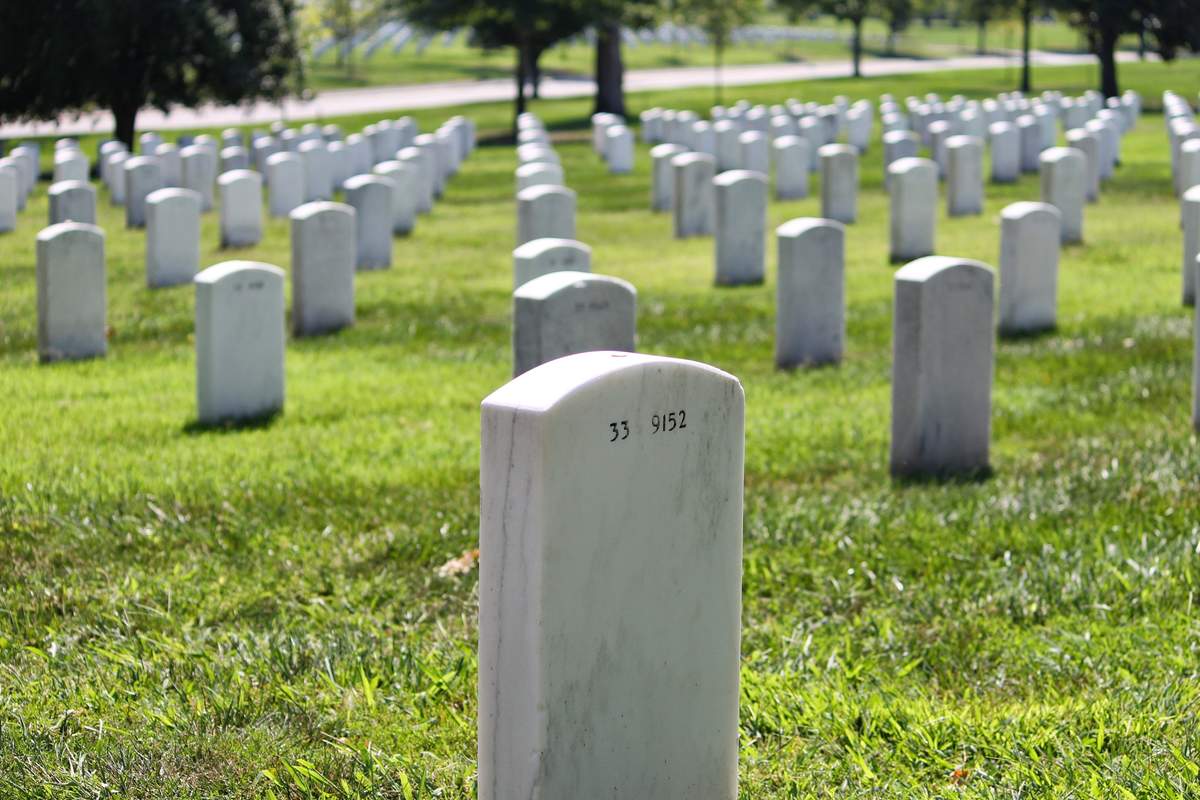Intimate Tickles Thought You Might Be Interested
Published: Tue, 24 Apr 2018 05:00:00 +0000
View Original Article

Armenian Genocide Remembrance Day is a time for reflecting on the Armenian genocide and remembering those who lost their lives during it. The day of commemoration has been held since the 1920s, and April 24 was chosen because it was on that date in 1915 when the genocide began. On that day, hundreds of intellectuals such as writers, doctors, scientists, musicians, lawyers, clergy, and members of the Armenian parliament were arrested in Constantinople. They were sent into exile in Anatolia—some died on the way and some were killed there. This was the first part of a larger plan to exterminate the Armenian people in the Ottoman Empire, in what was the first state-planned genocide of the twentieth century.
Armenians had lived in the area for 3,000 years. During some of this time they were an independent state, but often they were under the rule of an empire. Beginning in the fifteenth century, the Armenians were under the rule of the Ottoman Empire. Decades before the genocide, Armenians already were being killed. Under the rule of Sultan Abdul Hamid, hundred of thousands of Armenians were killed as Turks attacked Armenian villages in the mid-1890s.
After the “Young Turks” came to power in 1908 and instituted a more modern constitutional government, Armenians were at first hopeful that they would gain equal rights with others in the Ottoman Empire. But they soon realized their hopes would not be realized, when it became apparent the Young Turks wanted to save and expand the Ottoman Empire, and the Armenians were in the way. The Turks planned the genocide in 1911 and 1912, and World War I gave them the opportunity to implement it. In 1914, as the Turks sided with Germany and the Austro-Hungarian Empire, they believed the Armenians would want to fight for the enemy. This was because they thought the Armenians believed they would be free if the Allies won. The Turks used this to justify their removal of Armenians from war zones.
The genocide was launched with the rounding up and killing of intellectuals. The next phase of the genocide was the killing of hundreds of thousands of women, children, and the elderly in the Syrian desert. They were subjected to death marches where many were stripped naked and forced to walk in the hot sun. This caused some of them to drop dead. Those who stopped to rest were shot. The Young Turks also created a “Special Organization” that consisted of killing squads that worked to kill Christian Armenians in horrific ways, such as drowning, burning alive, and crucifixion. There were two million Armenians living in the Ottoman Empire prior to World War I, and between 1915 and 1923 about 1.5 million of them were killed.
Shortly after the genocide began, France, Russia, and Great Britain labeled the events as crimes against humanity and pointed the finger at the Turkish government as being responsible. Following World War I, Young Turks fled to Germany where they were told they would not be prosecuted. In a covert operation called Operation Nemesis, Armenians worked to assassinate those who had been involved in the genocide. To this day, the Turkish government has refused to acknowledge the genocide. They refuse to admit the atrocities were widespread or systematic, and have said that whatever was done was necessary because the Armenians were like an enemy force during the war. At times the United States has been reluctant to call the killings a genocide, as to not alienate an ally.
Armenian Genocide Remembrance Day, also known as National Day of Remembrance of Man’s Inhumanity to Man, is being observed today! It has always been observed annually on April 24th.
